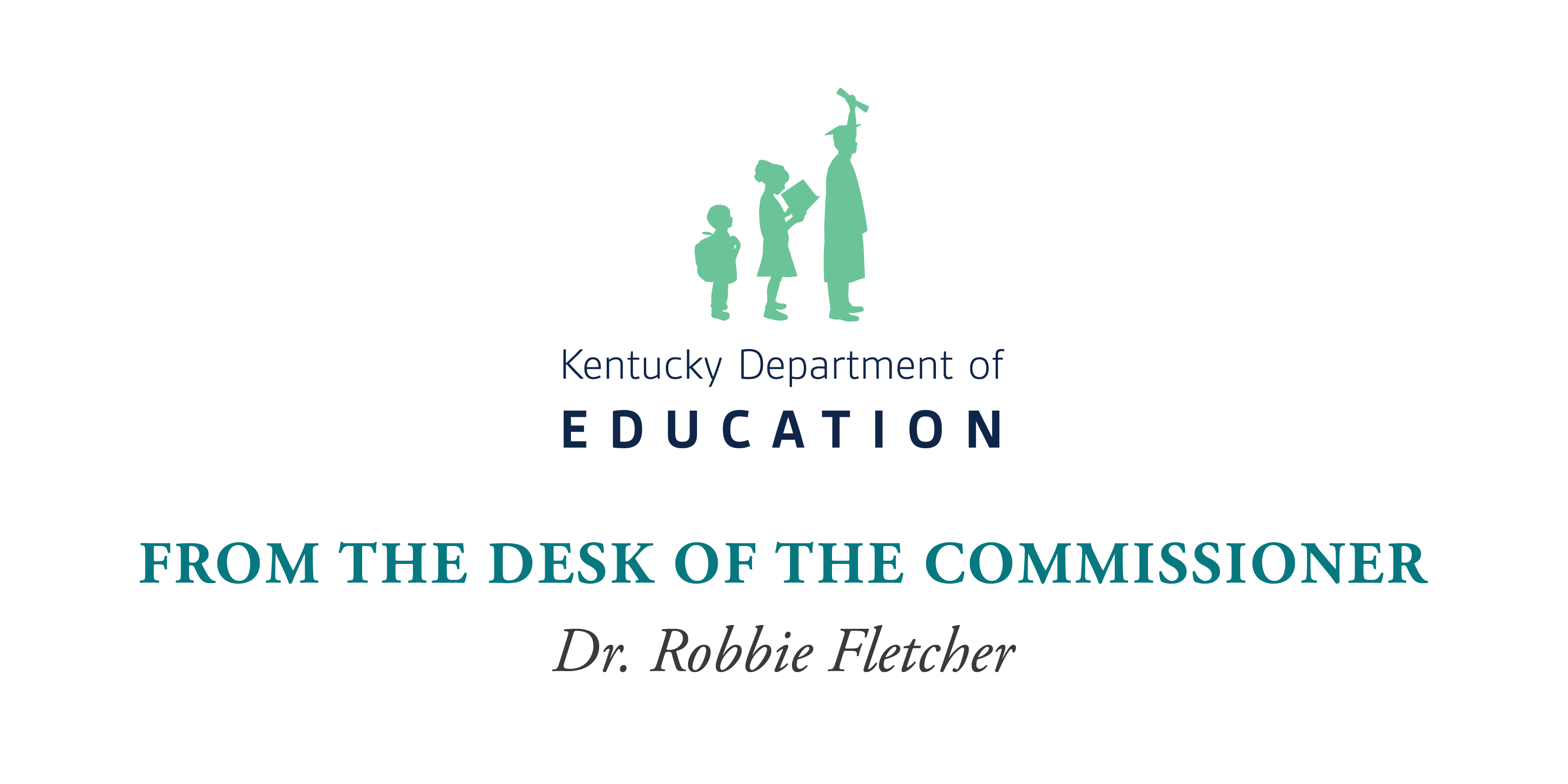In a presentation to the Kentucky Budget Review Subcommittee on Education, Commissioner Wayne Lewis and Associate Commissioner David Horseman called for legislators to create a unified system for delivering quality career and technical education (CTE) for students in the Commonwealth.
“At best, we have a bifurcated system, but arguably, we lack a system for delivering career and technical education in Kentucky,” said Lewis.
Lewis said the state operates 53 area technology centers (ATCs), with numerous locally-operated centers spread throughout the state. Only some local centers receiving state funding. The funding for both state ATCs and local centers is too low to deliver quality programs based on regional workforce needs.
“The demand is far greater than we’re able to deliver on, and we find ourselves shifting money around to subsidize the operations of the state operated ATCs,” said Lewis.
Horseman explained that the current statutory funding formula for the local area vocational education centers has not been used since its creation because a flaw in the formula could cause larger centers to receive less funding than smaller centers.
“If we go back to that formula, it would absolutely cause disruption at those centers,” said Horseman, adding that there is a regulation in place that currently sets the funding formula for the centers.
The formula is based upon the number of students and the classroom time they spend in a career pathway. More than 60 career pathways in local area vocational educational centers across the state, even in high-demand industries, remain unfunded, said Horseman.
Lewis and Horseman also outlined reports on career and technical education commissioned by the department in 2014 and 2015. Lewis said both reports offered several recommendations that could benefit the Commonwealth.
The first report, from the Southern Regional Education Board, recommended that Kentucky take the following steps to improve career and technical education delivery:
- Commission an in-depth study that will identify funding priorities and formulate recommendations to create an improved and more equitable funding system for all technical centers;
- Based on a set of best practices priorities, establish an accountability system that not only measures outcomes, but also measures whether all of the components are in place that will maximize opportunities for all students;
- Forge a unified system of world-class technical centers; and
- Establish stronger, more formal ties between the state’s secondary and postsecondary education institutions and private sector business and industry partners by creating a robust system of state and regional advisory committees.
The second report, from Thomas P. Miller & Associates, made seven recommendations:
- Base funding for CTE on state goals and business and industry needs;
- Convene a committee to explore ways of funding all career and technical education equally;
- Provide adequate funding for CTE programs to accomplish state priorities;
- Create a proactive, intentional process of funding large equipment purchases and maintaining and/or upgrading current equipment;
- Allow locally-operated centers and schools to set a budget for the entire school year;
- Consider an additional per-pupil funding formula weight tied to state-prioritized occupational and program areas based on state and regional industry needs; and
- Explore CTE performance funding.
These reports also will be shared with a legislative task force recently formed to explore CTE funding, as will models of unified systems from other states.
“Ohio has about half the number of technical high schools that serve more than twice as many public school students, in most cases, with more high quality program options for students,” said Lewis. “Even with 100 schools, there are population centers, like Owensboro, where kids don’t have adequate access to technical programs.
“Although we should not copy Ohio’s system or any other, I do not believe we can provide enough funding for 100 technical high schools across the state. We have to create a system that provides every Kentucky high school student regardless of their school district – large or small, urban or rural – with access to high quality CTE programs.”




After reading the whole of this article, I feel it all comes down to Commissioner Lewis’ last quoted statement. “We have to create a system that provides every Kentucky high school student regardless of their school district – large or small, urban or rural – with access to high quality CTE programs.” So what is the plan? How many phases and years will it take to complete? How do we get current politicians to committ to the plan and how will we get future politicians to stay on board and not take the funding away and use it else where? Just like a banker likes to see a good business plan before deciding to approve a loan, if I were a politician I would like to see a plan of action based on research with facts and figures in the report.